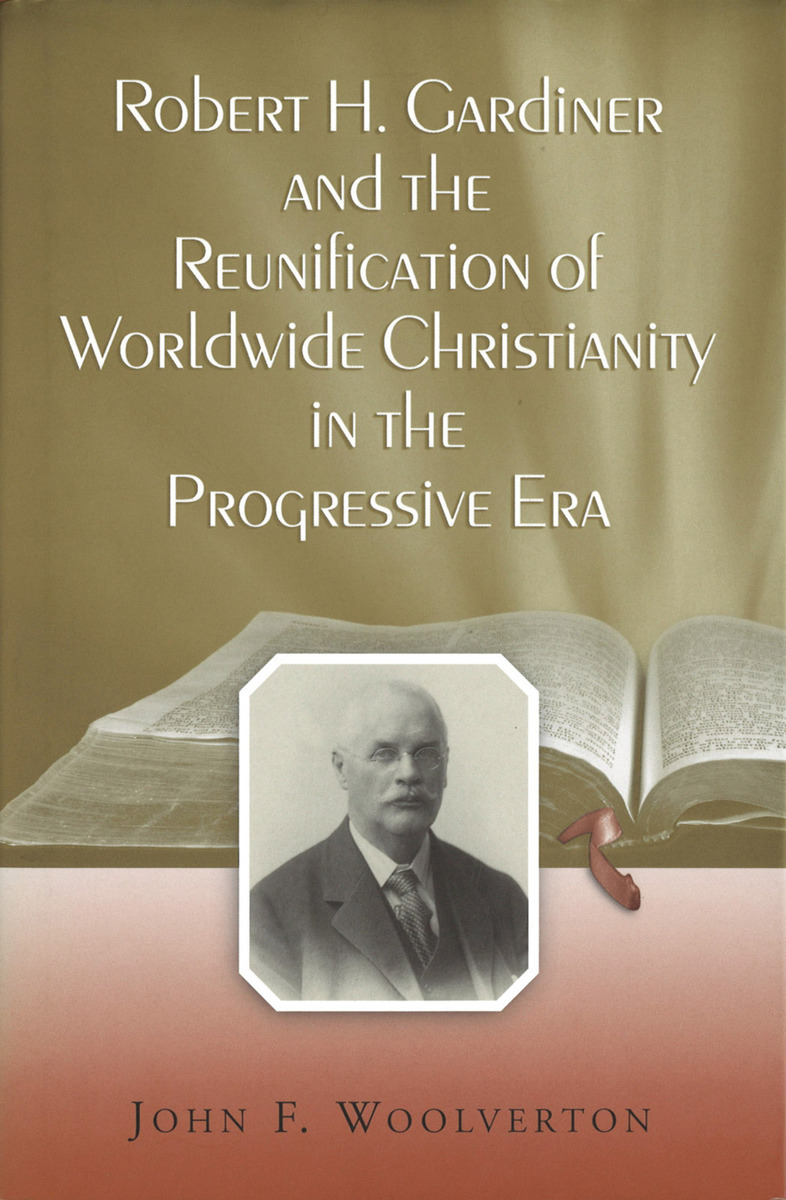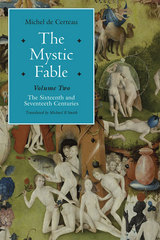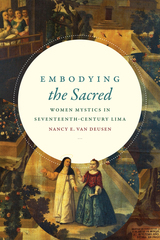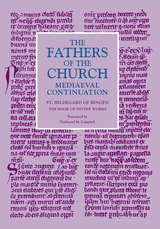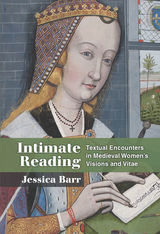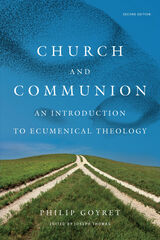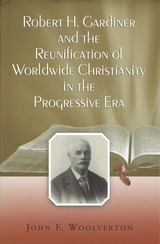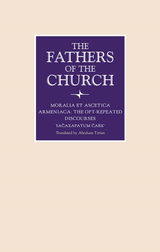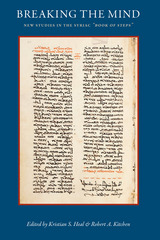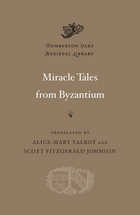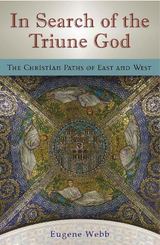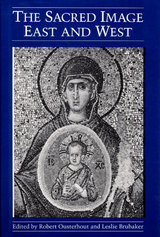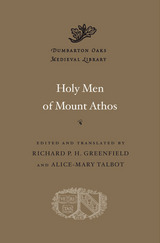Robert H. Gardiner and the Reunification of Worldwide Christianity in the Progressive Era
University of Missouri Press, 2005
eISBN: 978-0-8262-6510-4 | Cloth: 978-0-8262-1603-8
Library of Congress Classification BX6.8.G37W66 2005
Dewey Decimal Classification 280.042092
eISBN: 978-0-8262-6510-4 | Cloth: 978-0-8262-1603-8
Library of Congress Classification BX6.8.G37W66 2005
Dewey Decimal Classification 280.042092
ABOUT THIS BOOK | AUTHOR BIOGRAPHY | REVIEWS | TOC
ABOUT THIS BOOK
In his time, Robert Hallowell Gardiner III (1855–1924) was the heart and soul of the Progressive Era’s movement to establish cooperation among all Christian churches. Gardiner’s legacy today is the World Council of Churches. From his home on the Kennebec River and from the Maine town that bears his family’s name, Gardiner carried on an extensive letter-writing campaign on behalf of the reunion of worldwide Christianity. John F. Woolverton incorporates Gardiner’s eleven thousand letters, as well as his published speeches and articles and family records, to present the first biography of a man who was a seminal figure in the early twentieth-century Christian ecumenical movement.
Gardiner was remarkable in that, as a layperson in the traditionally clergy-dominated, hierarchical Episcopal Church, he was able to bring along his own often reluctant denomination, as well as the Eastern and Russian Orthodox churches, major American and European Protestant bodies, and for a time the Roman Catholic Church itself. In addition, in the 1890s Gardiner was a leader in Boston’s famous Social Gospel, moving on to the Young Manhood Movement of the 1910s. He was an outspoken advocate for giving women a voice and vote in the church, as well as a leader in the major 1916 revision of Christian education in his denomination.
In his study, Woolverton analyzes Gardiner’s commitment as an internationalist to multilateral peace efforts on the threshold of World War I. He also discusses Gardiner’s relationships with well-known figures from that era: U.S. Senator George Wharton Pepper, Francis Stetson, John R. Mott, Newman Smyth, Mary Kingsbury Simkhovitch, John J. Wynne, Cardinal James Gibbons, Episcopal Bishop Charles Henry Brent, and Vida D. Scudder.
Woolverton shows how, despite the ravages of war, Gardiner was able to build a vast network of cooperating political and religious leaders. American historians of the Progressive Era, church historians, and theological students will welcome this valuable addition to the historical literature on the social gospel.
See other books on: Ecumenists | Progressive Era | Reunification | Sociology of Religion | Woolverton, John F.
See other titles from University of Missouri Press
